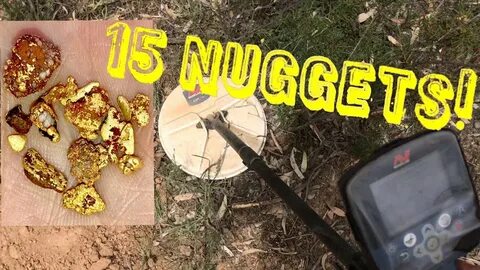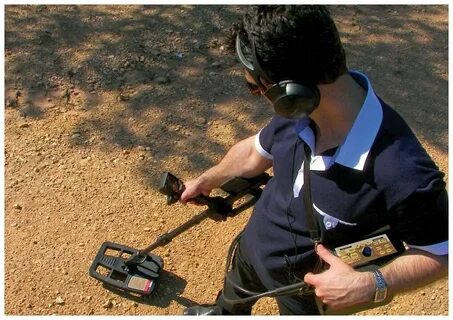Your cart is currently empty!
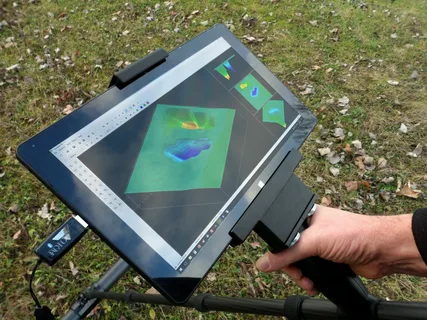
Pointer metal detector is a powerful tool that has the capability to uncover hidden treasures that lie beneath the surface of the ground. The potential of a pointer metal detector is often underestimated, but its ability to locate valuable items such as coins, jewelry, and other artifacts is truly remarkable. In this article, we will explore the power of a pointer metal detector and how it can unlock a world of hidden treasures waiting to be discovered. Whether you are a hobbyist or a professional treasure hunter, the pointer metal detector is an invaluable asset that can lead to exciting and rewarding finds. Join us as we delve into the world of uncovering hidden treasures with the aid of this remarkable device.
Uncovering Hidden Treasures: The Power of a Pointer Metal Detector is a comprehensive guide to using a pointer metal detector to uncover valuable finds. It provides practical tips and techniques for using a pointer metal detector effectively, as well as information on different types of pointer metal detectors and their features. The book also includes advice on where to search for hidden treasures and how to properly maintain and care for a pointer metal detector. Whether you are a beginner or an experienced treasure hunter, this book is a valuable resource for anyone looking to maximize their success with a pointer metal detector.
The Ultimate Guide to Using a Pointer Metal Detector
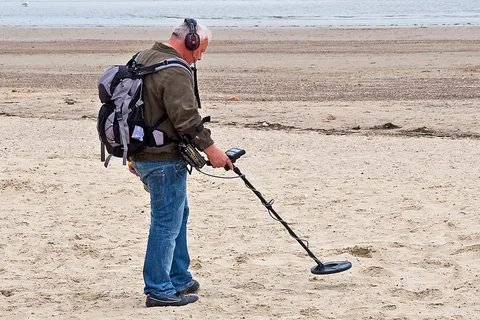
Are you an avid treasure hunter or simply interested in metal detecting as a hobby? The pointer metal detector may be the perfect tool for you. This handheld device is designed to precisely locate metals buried underground, making it an essential accessory for any treasure hunting excursion. Whether you’re exploring the beach, park, or historical sites, a pointer metal detector can help you uncover hidden treasures and historical artifacts with ease.
“The Ultimate Guide to Using a Pointer Metal Detector” is a comprehensive resource that covers everything you need to know about effectively using this type of metal detector. The guide includes information on how to properly calibrate and set up the detector, best practices for conducting a thorough search, and tips for interpreting and pinpointing signals. Additionally, the guide offers advice on how to maintain and care for your pointer metal detector to ensure optimal performance. Whether you’re a beginner or experienced user, this guide will provide valuable insights and techniques to enhance your metal detecting experience.
How to Choose the Best Pointer Metal Detector for You

When choosing the best pointer metal detector for you, consider factors such as your level of experience, the types of terrain you will be searching in, and your budget. Look for a detector with adjustable sensitivity and depth settings, as well as a durable construction. Consider the weight and size of the detector, as well as any additional features such as waterproofing or LCD screens. Research different brands and read reviews to find the best option for your specific needs.
Top 10 Tips for Maximizing Your Pointer Metal Detector
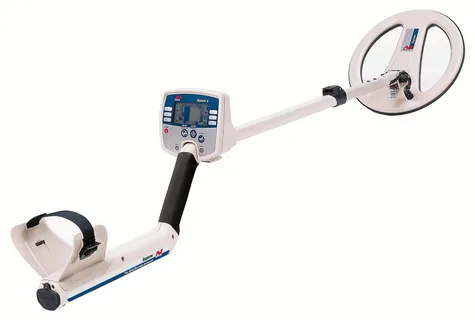
1. Know your detector: Read the manual and learn about the settings and features of your pointer metal detector.
2. Practice, practice, practice: Get familiar with your detector by practicing in different environments and with different targets.
3. Use headphones: Using headphones can help you hear faint signals better, especially in noisy or crowded areas.
4. Ground balance: Make sure to ground balance your detector to ensure accurate target readings.
5. Pinpointing: Use the pinpointing feature to narrow down the exact location of your target.
6. Scan slowly and carefully: Take your time when scanning an area to ensure you don’t miss any potential targets.
7. Learn the sounds: Different metals produce different sounds, so take the time to learn the different tones of your detector.
8. Digging technique: Use a proper digging tool and technique to avoid damaging any potential finds.
9. Keep it clean: Regularly clean and maintain your detector to ensure optimal performance.
10. Research your location: Research the history of the areas you are detecting in to maximize your chances of finding valuable targets.
Exploring New Places with Your Pointer Metal Detector: A Beginner’s Guide
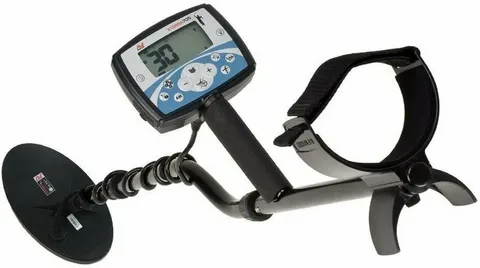
“Exploring New Places with Your Pointer Metal Detector: A Beginner’s Guide” is a comprehensive resource for anyone looking to learn the basics of metal detecting with a pointer device. The guide covers topics such as how to properly use the equipment, where to search for hidden treasures, and how to identify valuable finds. It also offers tips and tricks for maximizing your success as a beginner in the field. Whether you’re interested in metal detecting as a hobby or as a potential source of income, this guide will provide you with the foundational knowledge you need to get started.
The Science Behind How Pointer Metal Detectors Work
A metal detector works by creating a magnetic field around the search coil. When the coil is swept over a metallic object, the magnetic field is disturbed and the metal detector reacts to this change. The disturbance in the magnetic field causes the detector to emit an audible signal or display a visual alert, indicating the presence of metal.
A pulse induction metal detector operates by sending short bursts of current through a search coil. Each pulse generates a brief magnetic field, and when the pulse ends, the magnetic field reverses polarity and collapses very suddenly. This change in magnetic field induces a current in any conductive metal in the vicinity, which in turn generates its own magnetic field.
VLF (very low frequency) metal detectors operate by transmitting and receiving a low-frequency electromagnetic field. When the coil passes over a metal object, it disrupts the frequency, signaling the presence of metal.
Overall, metal detectors work on the principle of electromagnetic induction, where changes in the magnetic field caused by the proximity of a metallic object are detected and converted into an audible or visual alert.
Uncovering Treasures: The History of Pointer Metal Detectors
Uncovering Treasures: The History of Pointer Metal Detectors is a comprehensive look at the development and evolution of metal detectors produced by the Pointer brand. The book details the technological advancements, key milestones, and the impact that Pointer metal detectors have had in the field of treasure hunting and archaeology. It provides insight into the company’s founding, its growth, and the contributions of its founders and engineers. The book also includes stories of remarkable finds made with Pointer metal detectors and their significance in uncovering historical artifacts and treasures.
5 Common Mistakes to Avoid When Using a Pointer Metal Detector
1. Not calibrating the metal detector properly: It’s crucial to make sure the sensitivity and ground balance settings are correctly calibrated for the specific environment in which you’ll be using the detector.
2. Moving too quickly: Many detectorists make the mistake of moving the metal detector too quickly, which can result in missing potential targets. It’s important to move at a slow and steady pace to ensure all areas are thoroughly scanned.
3. Ignoring the audio signals: Some users may ignore or misinterpret the audio signals given off by the metal detector, potentially overlooking valuable targets. It’s essential to familiarize yourself with the different signals and tones to identify potential finds accurately.
4. Not digging carefully: When a target is located, it’s crucial to dig carefully to avoid damaging or losing the find. Using the appropriate tools and techniques for excavation can help preserve the condition of the target.
5. Neglecting proper maintenance: Failing to regularly clean and maintain the metal detector can lead to decreased performance and accuracy over time. It’s important to follow the manufacturer’s guidelines for maintenance to ensure the detector continues to function effectively.
The Benefits of Using a Pointer Metal Detector for Hobbyists and Professionals
A pointer metal detector can be a valuable tool for hobbyists and professionals alike. It offers several benefits, including increased accuracy in detecting and locating metal objects. The use of a pointer metal detector can save time and effort when searching for buried or hidden items. Additionally, pointer metal detectors are typically lightweight and easy to handle, making them suitable for use in various environments. Many models also offer adjustable sensitivity settings, allowing users to customize their detection capabilities to suit their specific needs. Overall, a pointer metal detector can improve the efficiency and effectiveness of metal detection activities for both hobbyists and professionals.
Understanding the Different Types of Pointer Metal Detectors
Understanding the different types of pointer metal detectors involves knowing the differences between pulse induction (PI) and very low frequency (VLF) detectors.
PI detectors are typically best for finding deep, larger metal objects due to their ability to ignore mineralization in the ground and their overall depth range.
VLF detectors, on the other hand, are better at finding smaller, shallower metal objects and are more sensitive to different types of metals due to their adjustable ground balance settings.
Additionally, there are multi-purpose detectors that combine features of both PI and VLF detectors, making them versatile for various types of metal detecting activities. Understanding these differences can help determine which type of pointer metal detector may be best suited for a specific metal detecting application.
Pointer vs. Handheld: Which Type of Metal Detector is Right for You?
When choosing between a pointer and handheld metal detector, several factors should be considered. Pointers are small, handheld devices with a probe to pinpoint the exact location of a metal object. They are best for precision work and have a shorter range. Handheld metal detectors, on the other hand, are larger devices with a longer range and are ideal for covering larger areas quickly. They are commonly used for security purposes in airports and public spaces. The right type of metal detector for you depends on your specific needs and intended use. If you require precision and accuracy, a pointer may be the best choice. If you need to cover a larger area more quickly, a handheld detector may be more suitable. Ultimately, the decision should be based on your individual requirements and preferences.

